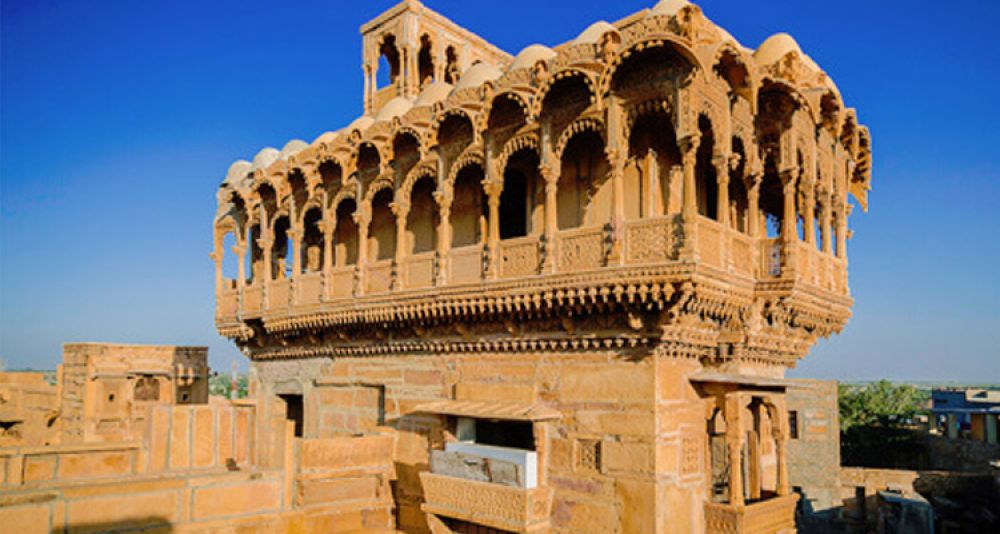

Jaisalmer, often referred to as the Golden City, is a bastion of the resplendent history that India harbors. One of its most iconic landmarks is the Salim Singh ki Haveli, which is steeped in history and architectural beauty. This historic monument is a testament to the cultural richness and strategic importance of Jaisalmer through the ages.
The haveli was constructed in the year 1815 and was commissioned by Salim Singh, who was the prime minister (Mehta) of Jaisalmer at the time. Reflecting the grandeur of that period, the architecture of the haveli is known for its unique aesthetic. Sporting a peacock-shaped roof and numerous projecting balconies, the haveli stands as a fine example of Rajasthani craftsmanship.
Salim Singh ki Haveli has been an architectural marvel throughout the generations, showcasing the wealth and the status of the prime minister. Despite its antiquity, the haveli has been well-preserved and continues to draw visitors from around the globe.
The history of tourism in Jaisalmer is closely linked with its magnificent forts, havelis, and the rich tapestry of culture. In the past few decades, as travel to India grew, Jaisalmer and sites like the Salim Singh ki Haveli became essential stops on the itineraries of domestic and international tourists alike.
As tourism gained momentum, historical sites such as Salim Singh ki Haveli played a crucial role in displaying the local architecture and lifestyle, thus piquing the interest of history buffs, architecture enthusiasts, and culture vultures.
Recognizing its importance, heritage organizations, along with the government, took significant steps to preserve this historic structure. These efforts ensured that the haveli could withstand the trials of time and remain a beacon of the city’s erstwhile glory.
The preservation of Salim Singh ki Haveli also allowed Rajasthan to develop a sustainable tourism model that benefited the local economy while maintaining the integrity of its historical sites.
In recent years, experiential tourism has grown significantly, and places like the Salim Singh ki Haveli offer a unique window into the past. Tourists are not only visiting but seeking deeper connections and authentic experiences, wanting to immerse themselves in the cultural narrative that Jaisalmer has to offer.
Interactive tours, cultural workshops, and traditional performances have become popular, bringing life to the old walls of the haveli. The Haveli also serves as a stunning backdrop for photography sessions, offering a tangible link to the regal past of Rajasthan.
Visitors today are more conscious about conservation efforts and are interested in learning about how they can contribute to preserving these historical treasures for future generations.
When planning a visit to Salim Singh ki Haveli, travelers are encouraged to respect the cultural heritage of the site. The haveli is typically open to the public from morning until evening, with a small entry fee that goes towards its maintenance.
Exploring the adjacent lanes and the markets gives visitors a chance to deepen their appreciation for the local culture and crafts, enhancing the overall experience of visiting the legendary Salim Singh ki Haveli, a spectacle not just of Jaisalmer, but of India's rich historical legacy.